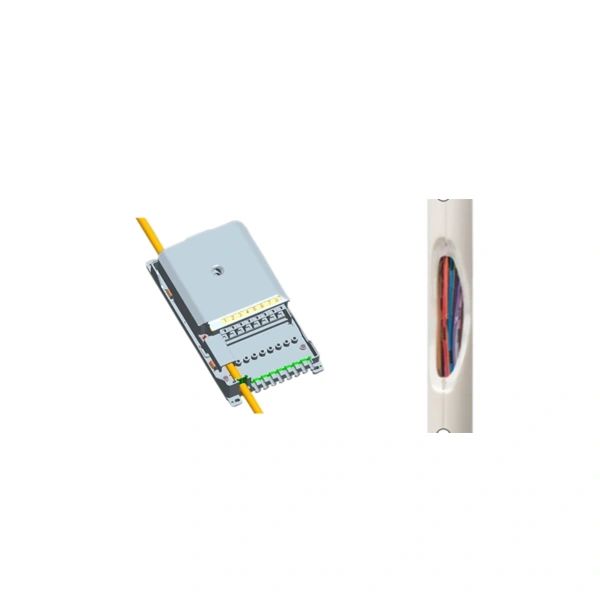Introduction
< p >Data centers play a crucial role in the modern digital landscape, serving as the backbone of information management and storage. As data centers continue to grow in complexity, the need for efficient and reliable connectivity solutions becomes paramount. This article provides an in-depth analysis of the application of indoor optical cables in data centers, exploring their benefits and considerations for implementation.Benefits of Indoor Optical Cables

Indoor optical cables offer numerous advantages over traditional copper cables, making them the preferred choice for data centers:
1. Enhanced Bandwidth and Speed
Indoor optical cables utilize fiber optic technology, allowing for significantly higher bandwidth and faster data transfer rates. With increasing data volumes and the need for real-time processing, optical cables ensure smooth and uninterrupted operations.
2. Improved Latency and Reliability
Fiber optic cables offer low latency, reducing delays in data transmission. Additionally, they are less susceptible to electromagnetic interference, ensuring reliable connectivity even in high-density data center environments where multiple devices are in use.
3. Increased Flexibility and Scalability
Indoor optical cables provide excellent flexibility and scalability. Their relatively small size and lightweight construction make them easier to install and manage within tight data center spaces. As data centers expand or undergo reconfiguration, optical cables can easily adapt to new layouts and requirements.
Considerations for Implementation
Implementing indoor optical cables in data centers requires careful planning and consideration of the following factors:
1. Required Infrastructure Upgrades
Switching from copper cables to optical cables may necessitate infrastructure upgrades. This includes the installation of appropriate fiber optic connectors, patch panels, and other supporting equipment to ensure seamless integration with the existing network infrastructure.
2. Costs and Return on Investment
While indoor optical cables provide numerous benefits, implementing them involves initial costs. Data center operators must evaluate the financial implications and calculate the return on investment as they transition to an optical infrastructure.
3. Expertise and Training
Proper installation and maintenance of optical cables require specialized knowledge and expertise. Data center staff should receive adequate training to handle optical cables effectively, ensuring optimum performance and minimizing the risk of downtime.
Conclusion
In conclusion, the application of indoor optical cables in data centers offers substantial advantages in terms of bandwidth, speed, reliability, flexibility, and scalability. However, successful implementation requires careful planning, infrastructure upgrades, cost evaluations, and staff training. By considering these factors, data center operators can harness the full potential of optical cables, enhancing data center operations and creating a solid foundation for future growth.



